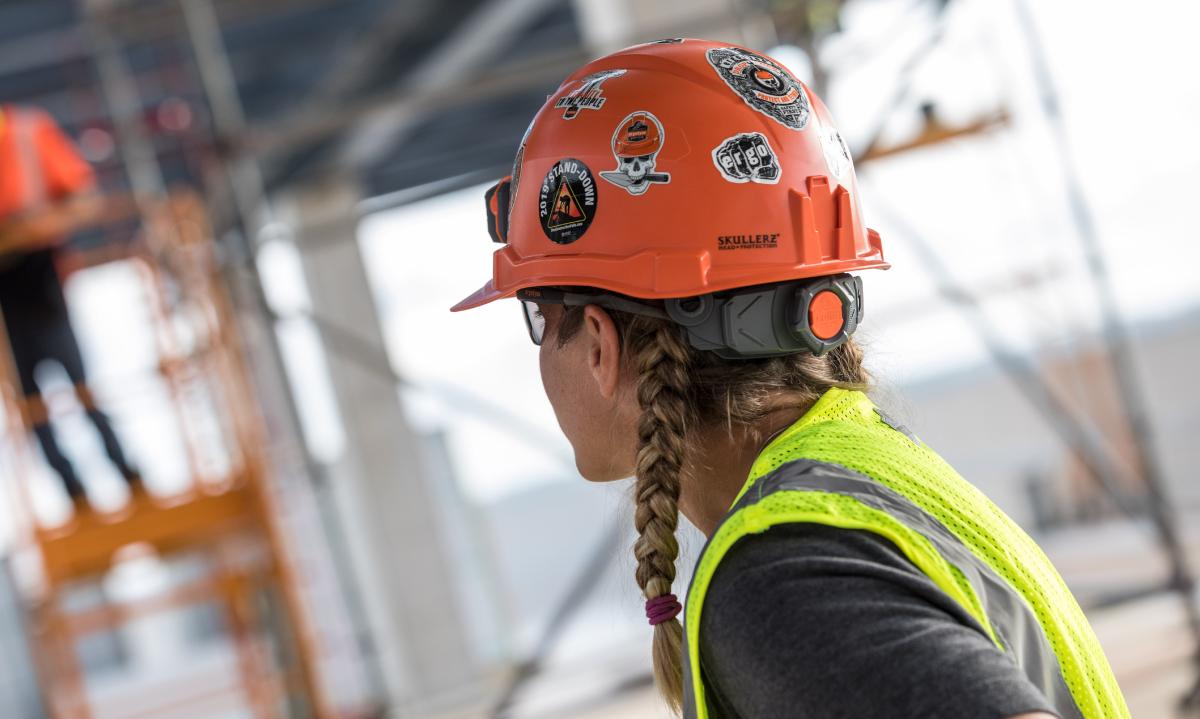Choosing the Right Colors for Safety Helmets and Their Meaning
The Importance of Safety Helmet Colors in the Workplace
Safety helmets are an essential component of personal protective equipment (PPE) used in various industries such as construction, manufacturing, and warehousing. These helmets are not only designed to protect the wearer from head injuries but also serve a critical role in enhancing visibility and communication on the job site. One often overlooked aspect of safety helmets is their color coding, which can have significant implications for safety and efficiency.
Color Codes and Their Significance
Different colors of safety helmets are often used to signify various roles and responsibilities within a team. This color coding helps in quickly identifying a person's function on site, which can be crucial during emergencies or critical operations.
1. White Helmets Typically worn by supervisors, engineers, or managers. The white helmet signifies authority and responsibility, helping team members identify individuals who are in charge.
2. Yellow Helmets Generally worn by general laborers or workers on the site. The bright yellow color ensures that these individuals are easily visible, thereby promoting safety.
3. Blue Helmets Often used by technical personnel, such as electricians or those who specialize in specific tasks. The blue color helps distinguish these professionals from general laborers, making it easier to identify who to consult for specific issues.
4. Green Helmets Usually worn by safety officers or newly inducted personnel. This color coding indicates that the individual is focused on safety or is in training, prompting others to offer assistance and guidance.
5. Red Helmets Commonly reserved for firefighters or those involved in emergency response. The red color signifies a unique role that requires immediate attention and action.
safety helmet colors products

6. Orange Helmets Sometimes used for road workers or traffic safety personnel. The bright orange color is highly visible and alerts others to their presence.
Enhancing Communication and Coordination
The use of color-coded safety helmets not only aids in identifying roles but also enhances communication and coordination on the job site. In environments where many different teams are working simultaneously, the quick visual recognition of helmet colors can help prevent accidents and facilitate smoother operations. For example, if a construction site is bustling with activity, a worker can quickly spot a supervisor by their white helmet and seek guidance without wasting time.
Moreover, color coding can be crucial in emergency situations. During an incident, team members can easily identify safety officers or emergency personnel, ensuring that help is provided swiftly.
Promoting Safety Culture
Implementing a system of color-coded safety helmets can significantly contribute to fostering a strong safety culture within an organization. When workers understand the meaning behind different helmet colors, they become more aware of their surroundings and the roles of their colleagues. This awareness can lead to improved communication, better teamwork, and a stronger commitment to safety practices.
Incorporating training programs that educate employees about the significance of helmet colors can reinforce this culture. By recognizing the importance of these colors, workers are more likely to adhere to safety protocols and look out for one another.
Conclusion
Safety helmet colors serve more than just aesthetic purposes; they are integral to safety management in the workplace. By clearly defining roles and enhancing visibility, helmet colors contribute to a safer work environment. Companies that prioritize thoughtful helmet color coding not only demonstrate a commitment to safety but also promote a culture of awareness and collaboration among their employees. As such, understanding and utilizing helmet colors effectively can lead to improved safety outcomes and a more cohesive work environment.
-
Wholesale Safety Helmets - Cheap OEM Supplier China Manufacturer
NewsMay.30,2025
-
Top Safety Helmet Manufacturers in Japan - Durable & Certified
NewsMay.30,2025
-
Affordable 3M Safety Helmets in Pakistan Bulk Pricing & Factory Deals
NewsMay.30,2025
-
Affordable HDPE & EN397 Hard Hats - Safety Certified, Bulk Deals
NewsMay.29,2025
-
FDA-Compliant Food Safety Clothing Suppliers Health Dept Approved
NewsMay.29,2025
-
adidas safety clothing
NewsMar.07,2025
